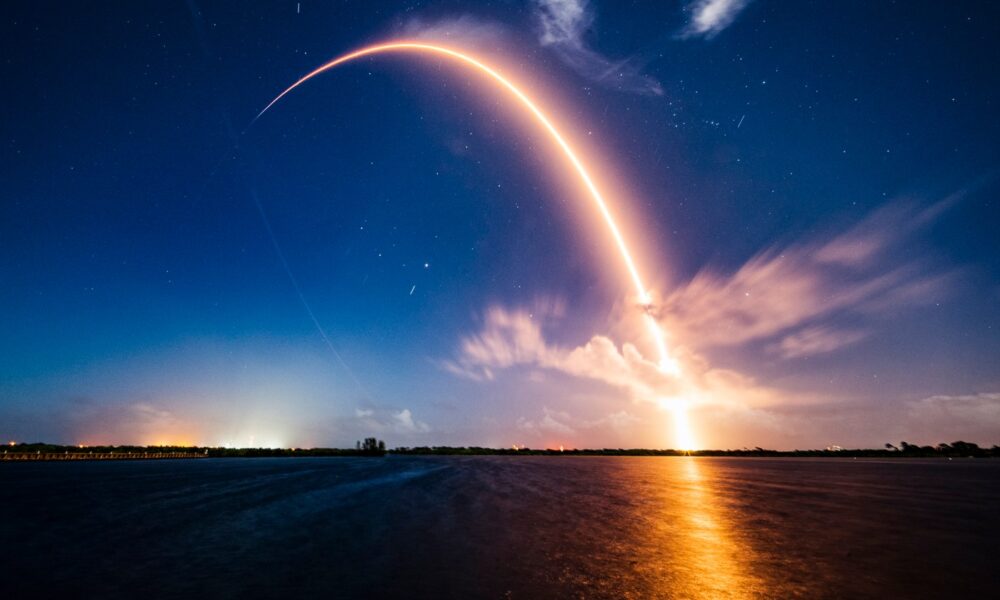UPDATE: As the space race intensifies, new reports confirm that the United States is losing its strategic edge to China in a rapidly evolving space landscape. During Space Week, from October 4-10, 2023, the federal government shutdown highlighted the alarming absence of a cohesive American space strategy.
The stakes have never been higher. The nation that dominates space will secure its economic and national security, shaping global governance for decades. With China aggressively advancing its space initiatives, experts warn that it is on track to eclipse U.S. capabilities.
In the last six months, China has launched an AI “supercomputing” satellite constellation and announced plans, in partnership with Russia, to build a Lunar nuclear power plant as part of the proposed International Lunar Research Station (ILRS). Dr. Namrata Goswami, a leading analyst on China’s space ambitions, indicates that the Chinese Communist Party’s focus on reusable rockets and lunar industrialization could allow China to surpass the U.S. in the coming years.
The ramifications are profound. Currently, SpaceX, led by billionaire Elon Musk, is outpacing every other entity in the global space economy. However, analysts caution that this surge in private launches may soon be matched by China’s growing output. Over the past five years, Beijing has demonstrated significant advancements, including in-space refueling, a fractional orbital bombardment system, and the construction of its own crewed space station. Most notably, China has successfully returned samples from the far side of the moon, a feat the U.S. has yet to achieve.
What happens if China continues to press forward unchecked? Experts highlight potential crisis scenarios, such as adversaries disabling U.S. satellites or deploying anti-satellite weapons. The need for a crisis response playbook is urgent, yet the U.S. currently lacks a coordinated strategy for such threats.
Energy competition adds another layer of urgency. While many nations focus on renewable resources, China is investing heavily in space-based solar power, aiming to power its ambitious $10 trillion-per-year Earth-Moon economic zone. The moon itself is a treasure trove of resources, including Helium-3 for quantum computing and nuclear fusion, along with ice deposits that can be transformed into water and rocket fuel. The first nation to establish a foothold in these lunar regions could control the solar system’s logistical backbone.
As commercial space travel becomes more prevalent, the potential for accidents and the need for rescue missions will increase. Currently, no U.S. federal agency, including NASA or the Space Force, has the authority or capabilities to manage such emergencies effectively.
While President Trump’s recent executive order to streamline launch licensing is a positive development, experts argue that mere deregulation does not constitute a comprehensive strategy. The U.S. must formulate a prioritized investment plan and a national vision for space exploration.
As the next Sputnik moment approaches, the U.S. faces a pivotal choice: seize the opportunity to lead in space innovation or risk falling behind. The implications are not just about prestige; they are about maintaining global prosperity, deterrence, and control over the commons of outer space.
The world is watching. Will the U.S. respond, or will it be caught off-guard by the rapidly changing dynamics of the space race? The countdown has begun.






